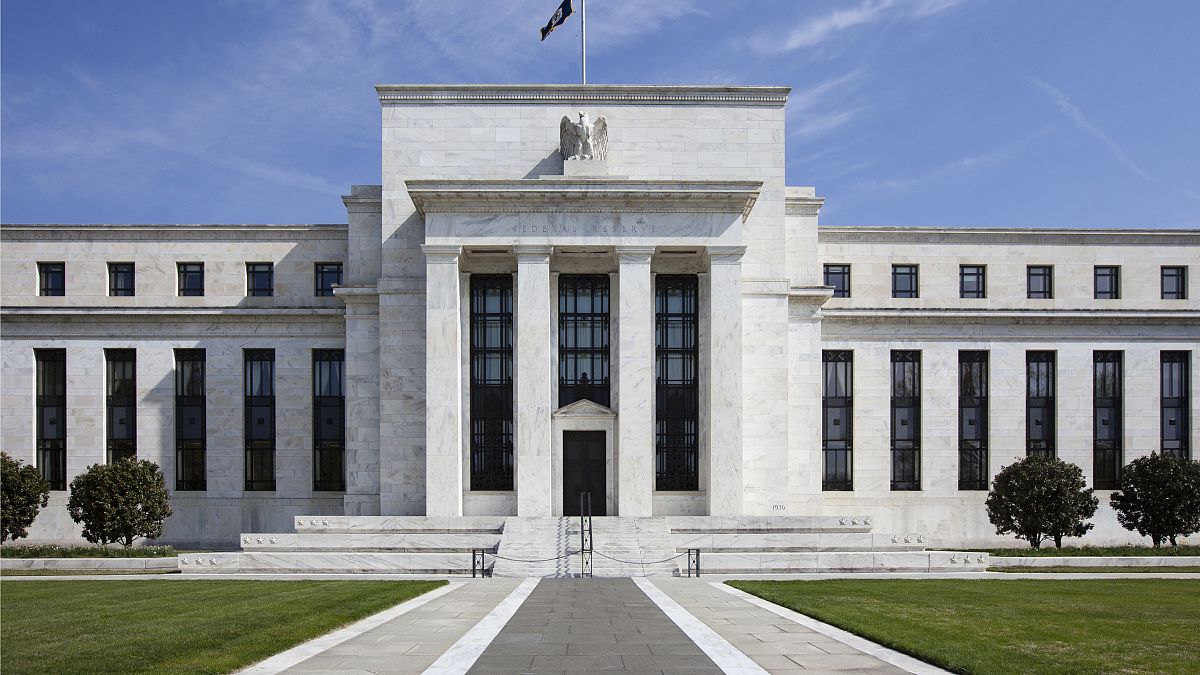In a significant move, the US Federal Reserve is preparing to reduce interest rates for the first time in four years later today.
After largely managing inflation levels, the Federal Reserve is on track to take an unprecedented step this Wednesday: a cut to its key interest rate. This decision could decrease borrowing costs for both consumers and businesses, coming at a pivotal time just weeks ahead of the presidential election.
Despite this pivotal moment, uncertainty clouds the Fed’s meeting this week. The extent of the rate cut remains ambiguous. Wall Street traders and some economists speculate about the possibility of a more substantial, half-point reduction, while many analysts anticipate a more standard, quarter-point cut.
As inflation hovers just above the Fed’s target, officials are increasingly focused on supporting a faltering job market while striving for a rare “soft landing.” This term refers to the Fed’s ability to curb inflation without triggering a severe recession. A half-point cut would signal the Fed’s commitment to fostering healthy economic growth alongside its fight against inflation. Analysts expect that this rate reduction will mark the first of several cuts likely extending into 2025.
The financial landscape has been strained by high interest rates and rising prices across the board—from groceries to gas and rent—fueling public discontent with the economy and providing former President Donald Trump’s campaign with a critical angle. Vice President Kamala Harris, in response, has accused Trump of proposing tariffs that would exacerbate costs for consumers even further.
Over time, these Fed rate cuts should lead to lower borrowing costs for mortgages, auto loans, credit cards, and business loans. This shift could stimulate business spending and potentially boost stock prices while allowing companies and consumers to refinance existing loans at more favorable rates.
In a notable speech last month in Jackson Hole, Wyoming, Fed Chair Jerome Powell expressed confidence that inflation is largely under control, having dropped from a peak of 9.1% in June 2022 to 2.5% last month, which is near the Fed’s target of 2%. The central bank has relentlessly raised its key interest rate 11 times through 2022 and 2023, pushing it to a peak of 5.3%, the highest level in two decades. This strategy aimed to temper borrowing rates and cool down the economy.
With slower wage growth easing inflationary pressures and declining oil and gas prices suggesting continued relief ahead, consumers are increasingly resisting high prices. Major retailers like Target and McDonald’s are now offering deals to entice shoppers.
Nevertheless, after a period of robust job growth, hiring has decelerated, and unemployment has climbed by nearly a full percentage point from its historic low in April 2023, currently standing at 4.2%. This increase in unemployment often leads to further rises, but many economists and Fed officials note that the uptick largely reflects more new workers—such as immigrants and fresh graduates—entering the labor market, rather than widespread layoffs.
Powell reiterated in Jackson Hole that the Fed would endeavor to support a robust job market, indicating that any further deterioration in employment would be “unwelcome.”
Some analysts interpret Powell’s statements as a signal that he may favor a half-point cut, while others believe a quarter-point reduction is the more prudent route.
The central question is how swiftly the Fed wishes to lower interest rates to a level that neither constrains economic activity nor accelerates it. This so-called “neutral” rate is not definitively established, but many experts estimate it falls between 3% and 3.5%. Economists advocating for a half-point reduction argue that the current key rate is unnecessarily high given the declining inflation.
In contrast, others caution that the Fed typically reserves half-point reductions for emergency scenarios, such as the economic shock from the pandemic in March 2020. With consumer spending remaining strong and the economy poised for healthy growth in the upcoming quarter, more cautious Fed officials maintain that there’s no urgency to implement substantial cuts.
A positive development is that as the Fed prepares to announce rate cuts, various borrowing rates have already begun to decrease in response. The average 30-year mortgage rate recently dipped to 6.2%, the lowest in approximately 18 months, down from a peak near 7.8%, according to data from Freddie Mac. Other rates, including the yield on the five-year Treasury note influencing auto loans, have seen similar declines.
Photo credit & article inspired by: Euronews



